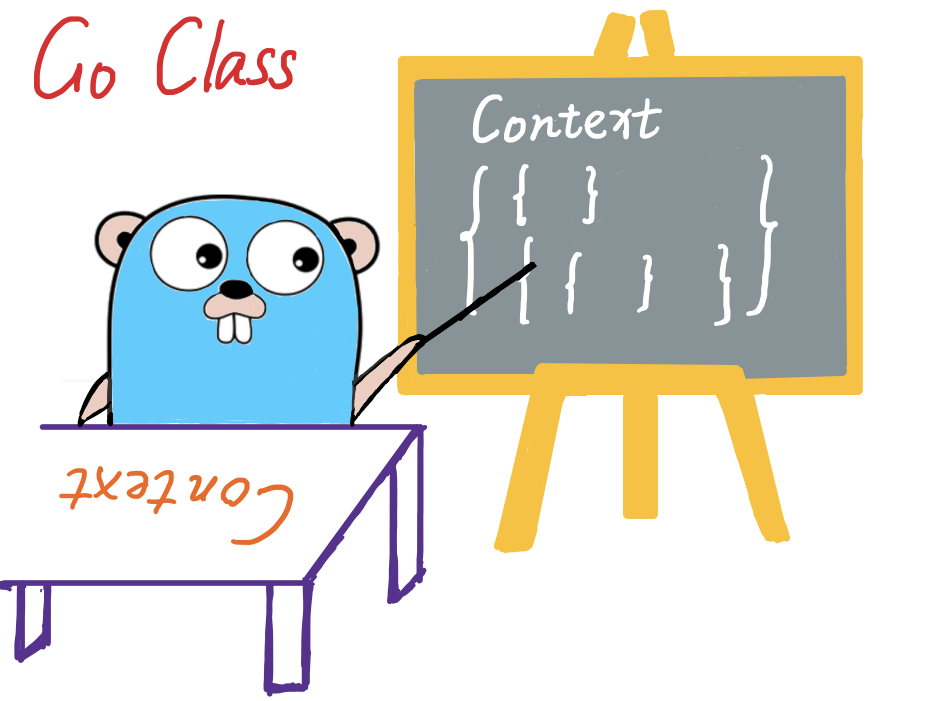# README
Understanding Go's context Package
The context package in Go provides essential functionality for passing deadlines, cancelation signals, and other
request-scoped values across API boundaries and between processes.

Table of Contents
Introduction to Context
context.Context is a type that carries deadlines, cancellations, and other common request-scoped values across API
boundaries and between processes.
Usage of Context
parentCtx := context.Background() // Get an empty context
ctx, cancel := context.WithCancel(parentCtx)
cancel() // Cancel the context
ctx, cancel := context.WithDeadline(parentCtx, deadline)
cancel() // Cancel the context (optional if deadline reaches first)
ctx, cancel := context.WithTimeout(parentCtx, timeout)
cancel() // Cancel the context (optional if timeout reaches first)
ctx := context.WithValue(parentCtx, key, value) // Associate a key-value pair with context
value := ctx.Value(key)
if value != nil {
fmt.Println("Value found:", value)
}
select {
case <-ctx.Done(): // Waiting for the context to be cancelled
fmt.Println("Context cancelled:", ctx.Err()) // Print the reason for cancellation when it occurs
}
Examples and tests
See package
Use Cases
- Request Scoping:
- Passing data that's scoped to a particular request through the call stack.
- Deadline Propagation:
- Ensuring that operations complete within a specified amount of time.
- Cancellation Propagation:
- Propagating cancellation signals to free up resources when operations are no longer needed.
- Tracing Propagation:
- Context is commonly used to carry tracing information across API boundaries and between
processes for monitoring and debugging purposes.
This is crucial for microservices architecture where a request might span multiple services and you want to trace its execution path.
- Context is commonly used to carry tracing information across API boundaries and between
processes for monitoring and debugging purposes.
Common Pitfalls
- Misuse of context.WithValue:
- According to Go's documentation, programmers should define their own types for keys
to avoid collisions.
The correct way to usecontext.WithValueis to define a new type for the key, and use a value of that type as the key.
- According to Go's documentation, programmers should define their own types for keys
to avoid collisions.
- Misuse of ctx.Done():
- The
ctx.Done()method returns a channel that gets closed when the context gets cancelled.
This channel can be used to listen for the cancellation event in a select statement or in a blocking receive operation.
However, it inherits the usual challenges associated with channels in Go.
- The
- Ignoring Cancelation:
- Failing to respect cancelation signals can lead to resource leaks.
- Overloading Context:
- Storing too much data in context or using it as a means of passing optional parameters.
Best Practices
- Minimalism:
- Only store essential data in context.
- Cancelation Respect:
- Always respect cancelation signals to ensure resource cleanup.